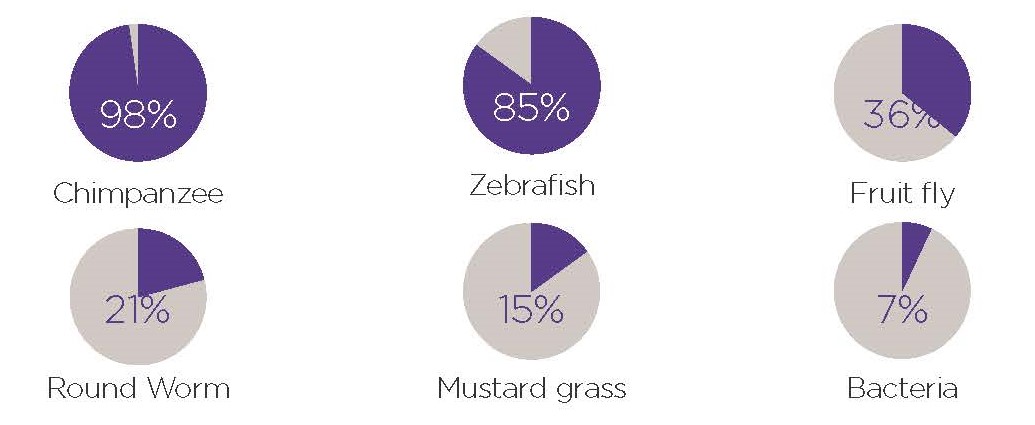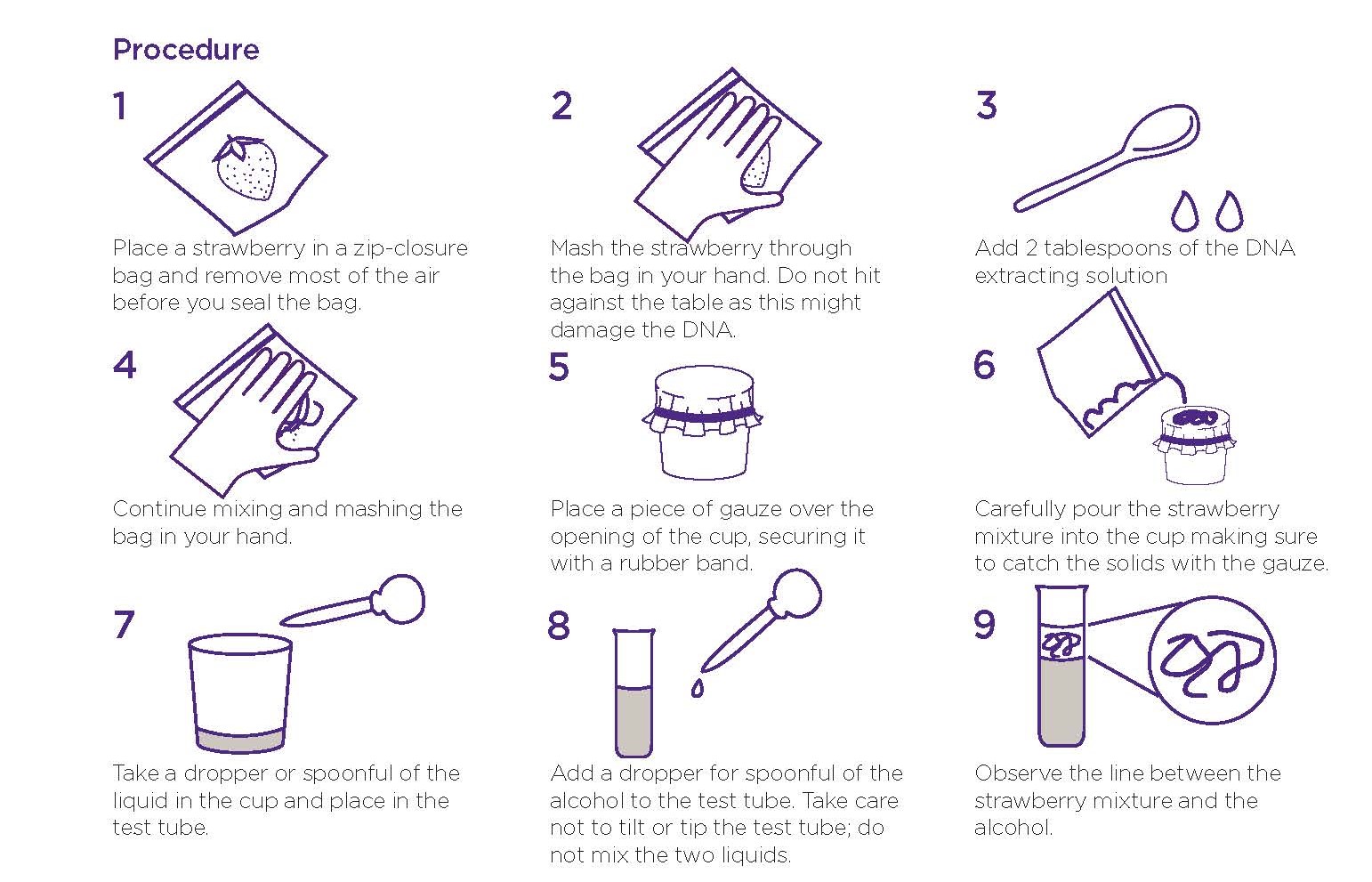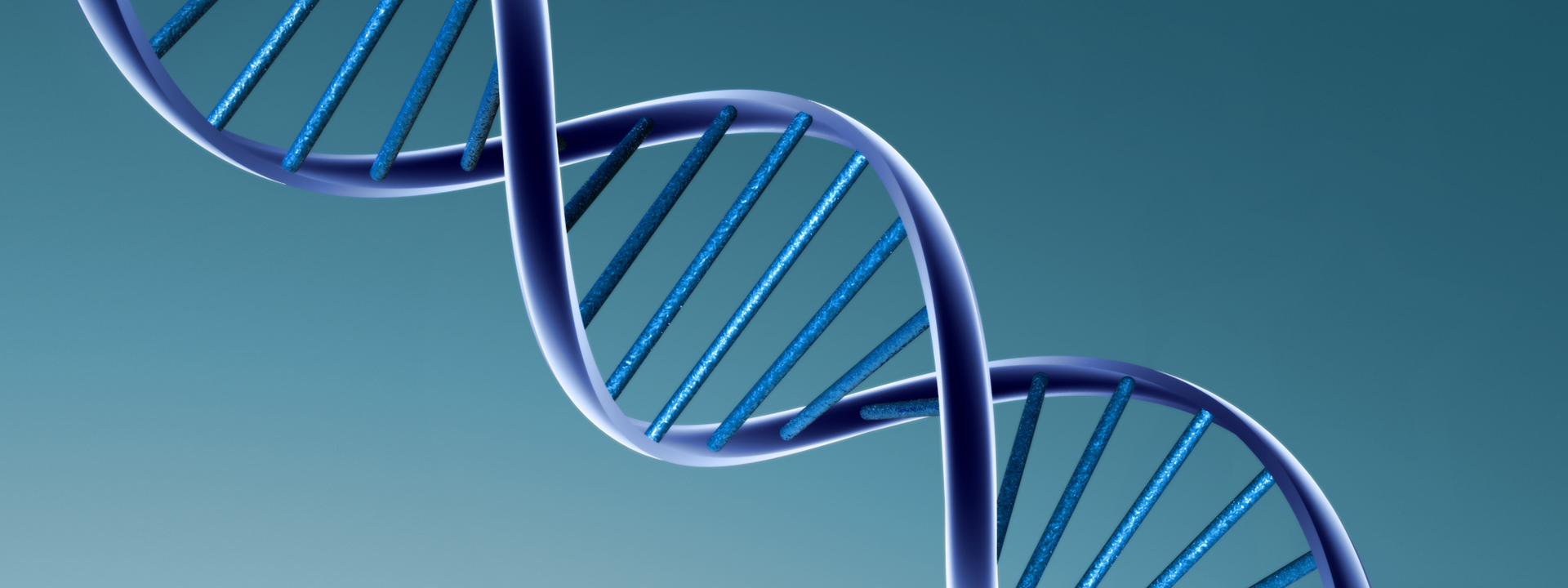All living things have DNA: the chemical instructions on how to make a living thing, from humans to strawberries.
Many people assume that because DNA is so small, we can't see it without powerful microscopes. But in fact, DNA can be easily seen with the naked eye when collected from thousands of cells.
Have a go at completing this fun research activity to extract and view DNA from a delicious strawberry.
And once you have completed it, be sure to share a photo of your successful experiment with us on social media by tagging us on Twitter and Facebook.
Download the activity sheet (PDF, 205.2 KB)
DNA: background information
What does DNA stand for?
DNA stands for deoxyribonucleic acid.
DNA is a long molecule in the shape of a double helix - two spirals twisting around each other. These spirals are the backbone of the DNA, and are made up of sugars and phosphates. The spirals are connected by chemicals known as bases, which stretch between the spirals like the rungs of a ladder. DNA has four types of bases: adenine (A), thymine (T), guanine (G) and cytosine (C). A and T always join together, as do G and C.
What does DNA do?
Our genes are made up of DNA, and DNA contains our unique genetic code.
Like a recipe book or instructions for lego , DNA holds the instructions for making all our proteins, which do all the jobs in our bodies.
Genes in common
You don’t look much like a fly or a worm. But, believe it or not, you share genes with both of them and with every other living thing. Scientists study the genes in bacteria, zebrafish and other living things to learn more about humans.
How much DNA do you share with these living things?

Why do we use the dishwashing liquid?
The dishwashing liquid bursts open the cells of the strawberries, releasing the DNA.
Why do we use the salt?
It ensures that the proteins in the cell are kept separate from the DNA.
What does the alcohol do?
When molecules are insoluble (unable to be dissolved), they clump together and become visible. DNA is not soluble in alcohol; therefore, it makes the DNA strands clump together and become visible to the naked eye.


